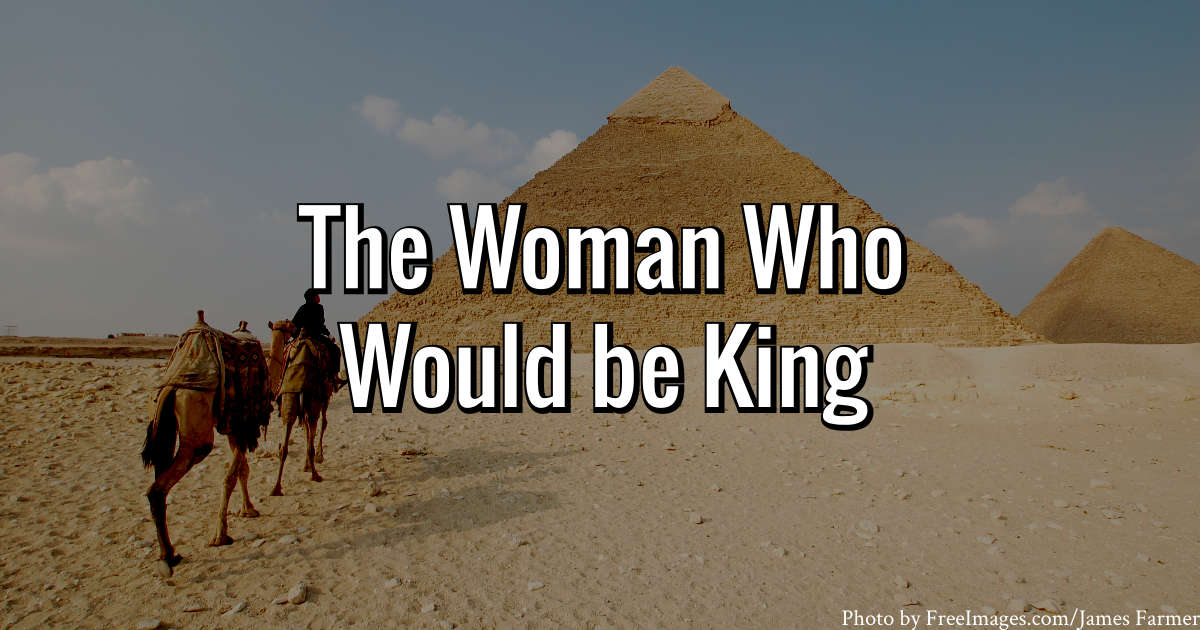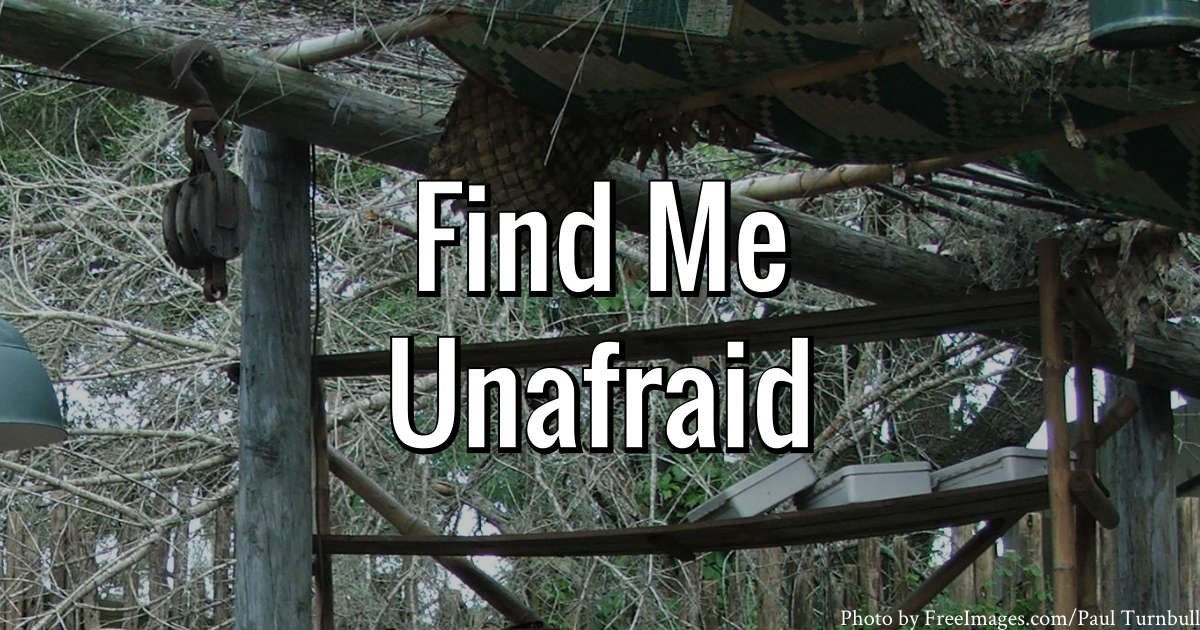I am a participant in the Amazon Services LLC Associates Program, an affiliate advertising program designed to provide a means for me to earn fees by linking to Amazon.com and affiliated sites.
Ever since I was a preteen and visited Ohio for the first time, I have had a fascination with the Amish community. Breakaway Amish details the horrifying story of the Bergholz Amish community that took on cult-like characteristics under the leadership of their bishop, Sam Mullet.

Johnny Mast tells the story of growing up and leaving the Bergholz community, which is best known for cutting the beards and hair of Amish men outside of their community as an act of revenge. For an Amish man, the beard is grown out to show that he is married (and he can only be married once he is baptized into the Amish church). His beard and his hair are very important to him, and this act is absolutely a violation. Sam Mullet and his followers committed these acts against those who had wronged them, however small the perceived infraction.
The beard cuttings were not the whole story, though. Although he tells the story of the beard cuttings and his choosing to testify against Sam Mullet, his own grandfather, Johnny details the story that led up to these criminal acts. Sam Mullet began abusing his power by asking those under his leadership to write down all of their sins. He accused many people of not writing all of them down, including his own wife, who he cast out of his house. He forced many men to live in the chicken coop while he took their wives into his own home. Around this time, he told them to put away their Bibles and to stop having church, since the words of the Bible were only being twisted anyway. He even got one of the wives of another man pregnant. He abused his power, and his power increased. Sam Mullet demanded and gained absolute control over those in his care. Other Amish communities took note of this abuse of power and cut off ties with the Bergholz community.
Without glossing over the facts, Johnny Mast gives hope about life after Bergholz.
Johnny Mast does not sugar coat the horror of discovering his grandfather, the bishop, a man he trusted in bed with the wife of another man. He does not gloss over the fear of being thrown in jail along with the others who were more willing to participate in his grandfather’s crimes. He does not tone down his words of frustration toward those he loves who refuse to see how much they have fallen under the control of someone who does not care for their well-being.
Despite this, though, he paints a hopeful picture of the future. After leaving the Bergholz community and the Amish, he meets a young woman named Clara who had left another Amish community. They have a daughter named Esther. Despite reaching out to his parents on a few occasions and not hearing from them, he knows that he has a bright future ahead of him. He works hard to make ends meet, but at least he is free from the hold that Sam Mullet had on him and everyone else in Bergholz.
“I think that people who go through a Bergholz-type situation each respond differently. My cousin, for example: after we left, he found a church he liked within two or three months. He goes every Sunday. He really likes it. So I guess these things affect people in different ways.”
Johnny Mast
As someone training to be a chaplain, it is hard to me to think about people like this who have been so hurt by religion that they do not want to be around it. However, those wounds need time to heal (and to some extent, they may never heal). As he even wrote in the quote above, some may find their healing in religion and some my find it in having a break from religion.
As a teenager, I had a relative who was addicted to drugs, causing religious delusions. While I was determined to live out my calling to go into vocational ministry, I cannot say that abuse of religious imagery did not leave its marks on me. Certain religious words, though I know their good, still bring back bad memories for me. My siblings are at different places in their relationships with religion and with God, from disdain to some amount of openness.
Although what we went through was in no way equal to the cult-like reality that those in Bergholz lived out, abuse of religion and religious images can leave its marks for years. When those with religious power abuse it, whether they are a family member or a bishop, that trust is difficult to earn back. My hope is that those like Johnny and so many others who have been victims of religious abuse can come to find that God is not like the one who manipulated them with some form of so-called “Christianity.”
Quick Review:
Breakaway Amish was a very interesting book. I tend to drift toward true crime books more than other memoirs, and this one delivered in quality more than many of them do. Johnny Mast was both a victim and a perpetrator in the crimes that happened at Bergholz, so his insights into what happened in that cult-like community are unique and fascinating. And although my interest in true crime books seems at odds with my desire for a happy ending, this book was able to deliver a happy ending as well.




















